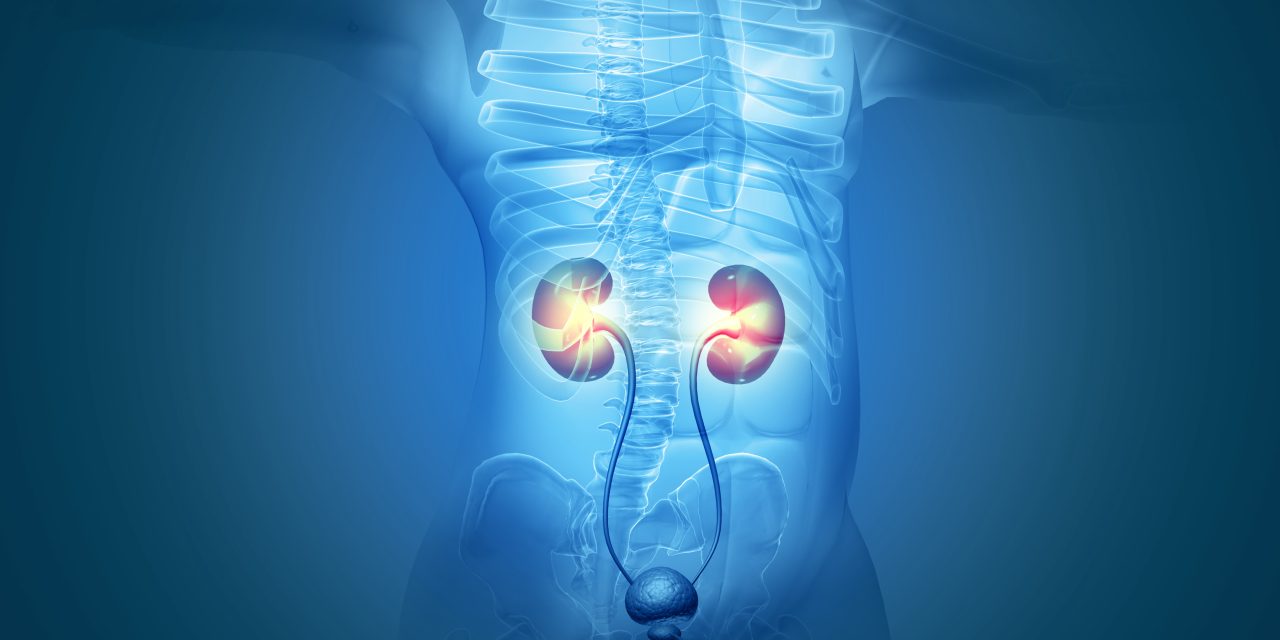The purpose of this study was to 1) determine the incidence of POUR in patients undergoing lung resection at our institution; 2) identify differences in potential risk factors between patients who did and did not develop POUR; and 3) describe patient outcomes across POUR status.
The charts of 225 patients between 2016 and 2017 were reviewed and 191 met criteria for inclusion. All patients followed the institution’s catheterization removal protocol. Re-catheterization was defined as requiring either in-and-out catheterization or Foley catheter placement. Fisher’s exact and Wilcoxon tests were used for analysis.
35 (18%) patients developed POUR. Patients with POUR were older (p=0.01), had increased baseline creatinine (p=0.04), and a higher prevalence of benign prostatic hyperplasia (p=0.007). POUR patients were also less likely to get a Foley catheter intraoperatively (p=0.0002). Other intraoperative factors, like surgical approach and extent of resection were not significantly different between patients who did and did not develop POUR. Postoperative factors (epidural use or days with chest tube) were similar. While patients with POUR were more likely to be discharged with a Foley catheter (13% vs. 0%, p=0.002), no difference in length of stay, or incidences of urinary tract infections 30-day readmission were observed.
Roughly 1 in 5 patients undergoing lung resection develop POUR. Patients who developed POUR were more likely to not have a Foley catheter placed intraoperatively. However, patients who had POUR did not have worsened patient outcomes (urinary tract infections, length of stay, 30-day readmission).
Copyright © 2020. Published by Elsevier Inc.
Postoperative Urinary Retention in Patients Undergoing Lung Resection: Incidence and Risk Factors.


